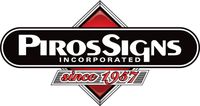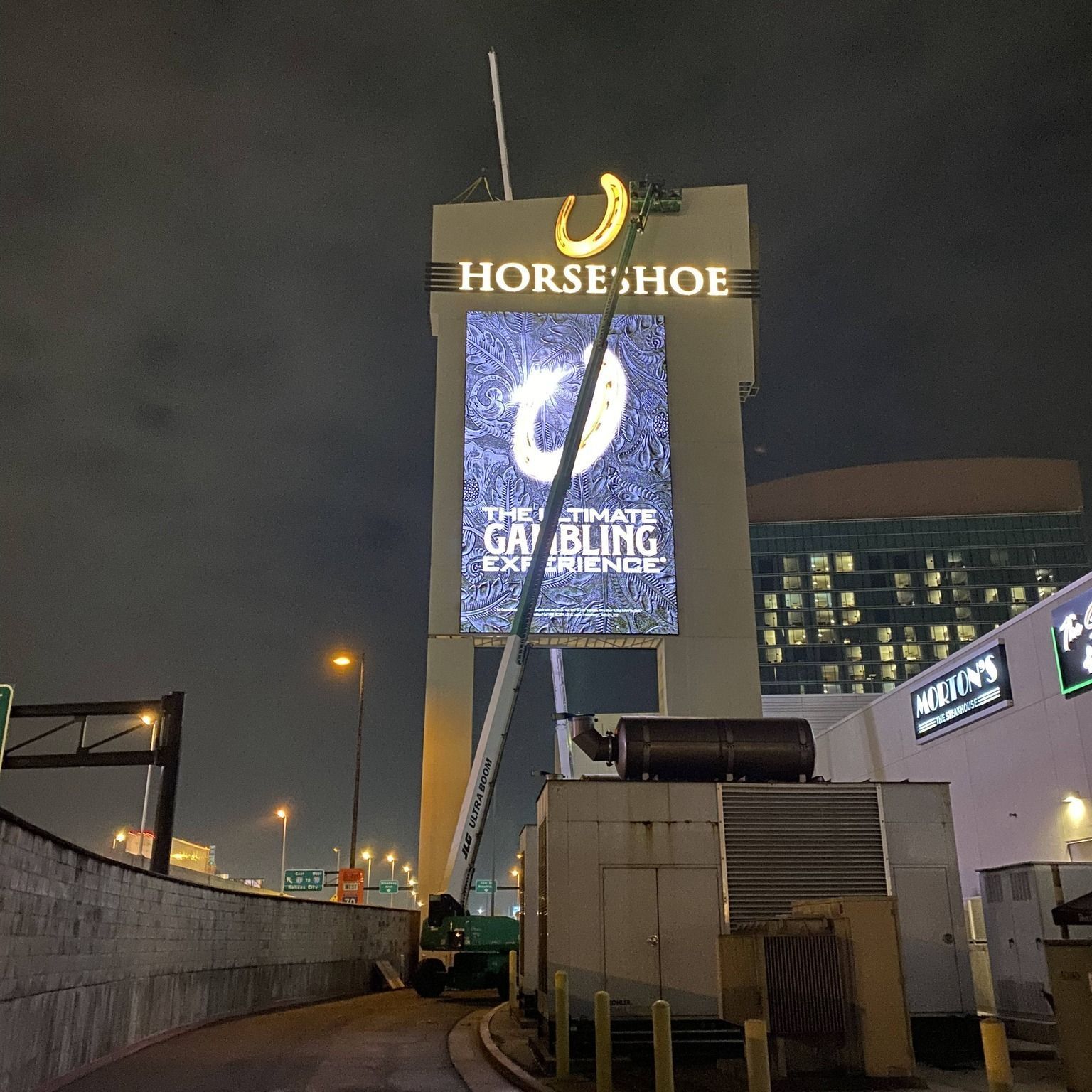When choosing signage for your business, one key decision is whether to opt for illuminated or non-illuminated signs. Both options serve distinct purposes and can significantly impact how your brand is perceived. Understanding their differences, benefits, and applications can help you determine which type of signage best suits your needs.
Illuminated signs, as the name suggests, use light to enhance visibility. These signs are particularly effective for businesses operating during evening hours or in low-light areas. Common examples include LED signs, backlit displays, neon signs, and channel letters with internal lighting. One of the primary benefits of illuminated signs is their ability to capture attention 24/7. For restaurants, bars, convenience stores, and gas stations, this constant visibility ensures that your business stands out, even after sunset. Illuminated signs are also ideal for urban environments, where competition for attention is high, and vibrant displays can differentiate your brand.
The customization options for illuminated signs are vast. Businesses can choose from various lighting effects, colors, and designs to create a unique and memorable visual identity. While the initial investment for illuminated signage may be higher than non-illuminated options, their ability to attract customers and enhance brand awareness can yield a significant return on investment over time.
On the other hand, non-illuminated signs rely solely on natural or ambient lighting to showcase their design. These signs are often chosen for their simplicity, affordability, and durability. Common examples include wooden plaques, dimensional letters, metal signs, and vinyl banners. Non-illuminated signs are well-suited for businesses that operate during daylight hours or in locations with ample lighting, such as shopping malls or business complexes.
Non-illuminated signs excel in creating a clean and professional aesthetic. They are particularly popular among offices, law firms, boutique shops, and medical practices, where understated elegance is often preferred. Additionally, these signs require minimal maintenance, as there are no electrical components to worry about. This makes them an economical choice for businesses seeking long-lasting signage solutions.
When deciding between illuminated and non-illuminated signs, consider factors such as your business hours, location, branding goals, and budget. If your business relies on visibility at night or in high traffic areas, an illuminated sign may be worth the investment. However, if you operate during standard daylight hours and priortize cost-effectiveness, a non-illuminated sign might be the better choice.
Another consideration is the message you want to convey. Illuminated signs often project a modern and dynamic image, while non-illuminated signs can suggest tradition and sophistication. Aligning your signage with your brand identity is crucial to ensuring it resonates with your target audience.
In some cases, businesses may benefit from combining both types of signage. For instance, a retail store could use an illuminated sign for its exterior and non-illuminated signs for interior wayfinding. This approach allows for maximum impact while balancing cost and functionality.
Ultimately, the decision between illuminated and non-illuminated signs depends on your unique business needs and goals. By carefully evaluating your options, you can choose the signage that best represents your brand and drives customer engagement.

